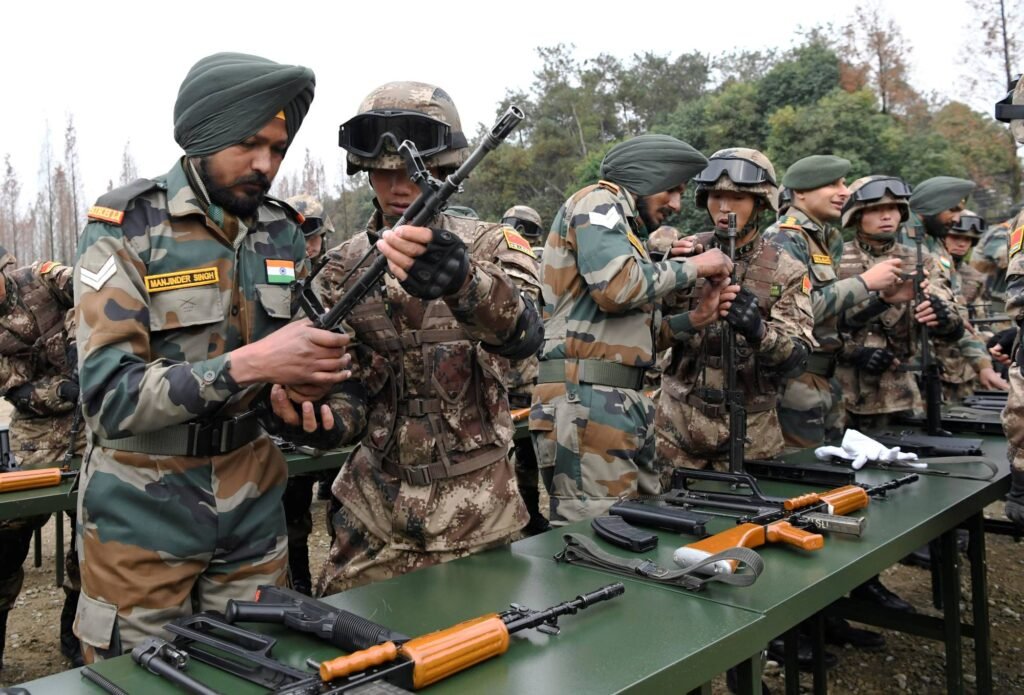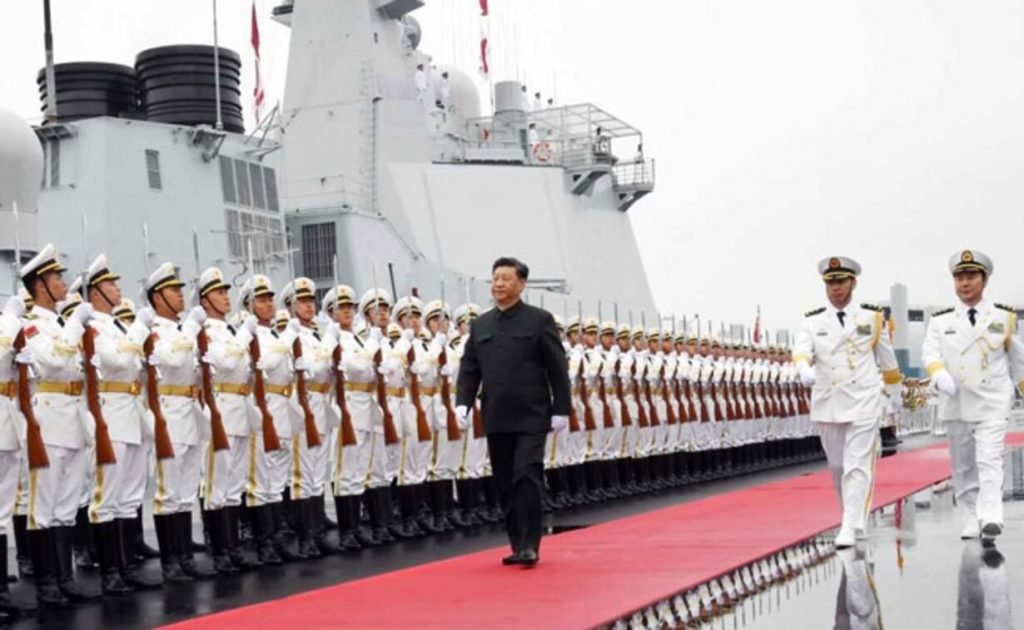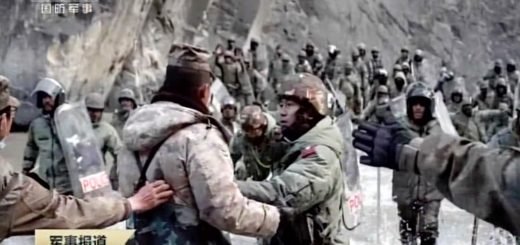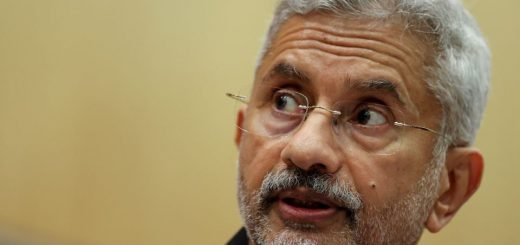China has a deep “perception” problem

The annual edition of the India-USA joint military exercise “YUDH ABHYAAS” will be held at Auli in Uttarakhand in October 2022. The 18th edition of the bilateral exercise will be held some 100km from the Line of Actual Control (LAC), putting China in a geopolitically delicate position. This year’s exercise comes against the backdrop of a significant geostrategic crisis between India, the United States, and China. The Sino-India Relation is in a deep crisis due to the unresolved Border Issues emanating after the deadly Galwan clashes which subsequently led to the breakdown of past border agreements and confidence-building measures. While in recent times, China and the United States are still engaged in a protracted conflict over the Taiwan issue after the visit of US house speaker Nancy Pelosi to the small island nation.
Chinese arguments
After the announcement of the schedule of the annual exercise, the Chinese defence ministry termed the exercise as targeting a “third country” and against the relevant bilateral agreements and understanding between India and China. Its Ministry of National Defense spokesperson, Senior Colonel Tan Kefei, said, “We firmly oppose any third party to meddle in the China-India border issue in any form.” During the press conference, he also pointed out that “military cooperation of relevant countries, especially on exercises and training activities, should not be targeted at any third party, but rather serve to help maintain regional peace and stability.”
The Indian Side strongly rebutted China’s claims by arguing that the military exercises between the two parties are “totally different”. The spokesperson of the Ministry of External Affairs, Arindam Bagchi has said “The India-US exercises are something completely different, and I don’t know what colour has been given that it is targeting there or violating existing agreements”. He even stressed the importance of another side too respecting the past agreements signed between the two countries.

Deepening of India-US ties
In recent times the India-US defence ties have deepened significantly. This natural congruence of interests between the two partners is very much dictated by the changing geopolitical landscape in the world today. India is facing its most formidable challenge in the form of China in its neighbourhood because of its age-old boundary disputes. The clashes in the Himalayas which led to the firing of bullets for the first time since 1975 have entirely altered the equilibrium at the border. There is a significant power differential between India and China in the military sphere. So, the coming Military exercise is a part of larger external balancing by the Indian defence forces until its Internal capabilities match with China. The United States needs India more than the latter needs the former, as a means to check the rise of China in the Asian continent. That is the reason, the United States considers India as its most trusted and natural partner in the new game of evolving Balance of Power. Recently military of both nations has conducted special forces exercise “VAJRA PRAHAR” across various dimensions like airborne operations, counter-terrorism, and Humanitarian Aid.
The partnership has deepened considerably after the signing of agreements like LEMOA which provides for reciprocal use of logical arrangements in each other countries. As an extension to this endeavour US Navy Ship (USNS) Charles Drew arrived at L&T’s Shipyard at Kattupalli, Chennai for undertaking repairs and allied services.

China’s misplaced perception
The deepening of the ties between New Delhi and Washington has made China look at the relations through its narrow prism of vested interests. It has concluded that India as a junior partner of the US is vowing to subdue the rise of China. Chinese policymakers in the past have repeatedly insisted on India, staying away from the alleged American actions. Chinese Foreign Minister Wang Yi after the revival of the QUAD security dialogue has cautioned India about the nature and means of the initiative by terming it as a small cliche of grouping to target a particular nation. Many Scholars in the Indian Diplomatic circle have argued that the real intention of China behind the Galwan valley clashes was to send a message to India about the inability of the USA to rescue him in Asia if in the future, any crisis happens.
Conclusion
There is a need for China to understand that India is a sovereign, independent country to practice its foreign policy. It cannot see the bilateral relations between any two countries as a ‘ZERO-SUM GAME’. India has its national interest to engage with the Americans with its own choice of place and time.
China should remember that it played the same game during the cold war to balance the then USSR. India also needs to be mindful that it didn’t bandwagon with the US on every trivial issue. It should be based on mutual trust and understanding which in Indian foreign policy parlance is called ‘Issue based coalitions’.


















